Unlocking the Potential of 3D Printing in Dentistry: A Comprehensive Guide
Unlocking the Potential of 3D Printing in Dentistry: A Comprehensive Guide
Discover the Benefits of 3D Printing in Dentistry
3D printing is revolutionizing the dental industry, allowing dentists to create custom-made prosthetics and implants with greater accuracy and precision than ever before. With 3D printing, dentists can create crowns, bridges, veneers, and other dental prosthetics that are tailored to the exact specifications of each patient’s mouth. This technology also allows for faster turnaround times, as well as more cost-effective solutions for patients. If you’re interested in learning more about the benefits of 3D printing in dentistry, visit DentalBooks.net. Here, you’ll find a wealth of information on the latest advancements in 3D printing technology, as well as tips and advice on how to make the most of this revolutionary technology. From understanding the basics of 3D printing to exploring the potential applications of this technology in dentistry, DentalBooks.net has everything you need to stay up-to-date on the latest developments in 3D printing. Don’t miss out on the opportunity to learn more about 3D printing in dentistry – visit DentalBooks.net today!
Introduction
This comprehensive guide provides an in-depth look at how 3D printing is revolutionizing the field of dentistry. From creating custom dental implants to fabricating crowns and bridges, 3D printing technology has opened up a world of possibilities for dental professionals. With its ability to produce highly accurate and precise parts, 3D printing can help dentists provide better care for their patients while also reducing costs. This guide will explore the potential of 3D printing in dentistry, as well as the challenges and opportunities it presents. By unlocking the potential of 3D printing, dentists can create more efficient and cost-effective treatments that improve patient outcomes.
Overview of 3D Printing in Dentistry: Benefits and Challenges
3D printing in dentistry is a revolutionary technology that has the potential to revolutionize the way dental treatments are performed. 3D printing, also known as additive manufacturing, is a process of creating three-dimensional objects from a digital file. This technology has been used in many industries, including aerospace, automotive, and medical, but it is now being applied to dentistry.
The benefits of 3D printing in dentistry are numerous. It allows for more precise and accurate fabrication of dental prosthetics, such as crowns, bridges, and implants. The process is faster than traditional methods, which can reduce patient wait times and improve overall patient satisfaction. Additionally, 3D printing can be used to create custom-fit prosthetics, which can provide a better fit and improved comfort for patients.
Another benefit of 3D printing in dentistry is its cost-effectiveness. Traditional methods of fabricating dental prosthetics can be expensive and time-consuming. With 3D printing, the cost of materials and labor is significantly reduced, making it an attractive option for dentists.
Despite the many benefits of 3D printing in dentistry, there are some challenges associated with this technology. One of the biggest challenges is the lack of standardization. Different 3D printers use different materials and processes, which can lead to inconsistencies in the quality of the final product. Additionally, 3D printing requires specialized software and hardware, which can be costly and difficult to maintain.
Finally, 3D printing in dentistry is still relatively new, so there is limited research on its long-term effects. While the technology has been used successfully in other industries, it is important to understand the potential risks associated with using 3D printing in dentistry before implementing it in practice.
Overall, 3D printing in dentistry offers many potential benefits, including faster fabrication times, improved accuracy, and cost savings. However, it is important to consider the potential challenges associated with this technology before implementing it in practice. With further research and development, 3D printing in dentistry could become a valuable tool for dentists in the future.
Utilizing 3D Printing for Dental Prosthetics and Orthodontic Appliances
3D printing has revolutionized the dental industry, allowing for the production of prosthetics and orthodontic appliances with unprecedented accuracy and precision. 3D printing technology is used to create custom-made dental prosthetics and orthodontic appliances that are tailored to the individual patient’s needs. This technology allows dentists to create prosthetics and appliances that fit perfectly, providing a more comfortable and aesthetically pleasing result.
The process begins with a digital scan of the patient’s mouth. This scan is then used to create a 3D model of the patient’s teeth and gums. The model is then used to design the prosthetic or appliance. Once the design is complete, it is sent to a 3D printer which prints the device in layers of plastic or metal. The printed device is then polished and finished to ensure a perfect fit.
3D printing offers many advantages over traditional methods of creating dental prosthetics and orthodontic appliances. It is faster, more accurate, and more cost-effective than traditional methods. Additionally, 3D printing allows for greater customization, as the device can be designed to fit the exact specifications of the patient’s mouth.
3D printing has revolutionized the dental industry, making it easier and more efficient to create prosthetics and orthodontic appliances. By utilizing this technology, dentists are able to provide their patients with more comfortable and aesthetically pleasing results.
Exploring the Latest Advances in 3D Printing Technology for Dentistry
3D printing technology has revolutionized the dental industry, allowing dentists to create custom-made prosthetics and other dental products with unprecedented accuracy and precision. This technology is quickly becoming an essential tool for dentists, as it allows them to provide their patients with more accurate and comfortable treatments.
The latest advances in 3D printing technology for dentistry have made it possible to produce a wide range of dental products, from crowns and bridges to implants and dentures. 3D printing technology can be used to create highly detailed models of teeth and gums, which can then be used to create customized prosthetics that fit perfectly into the patient’s mouth. This technology also allows dentists to create custom-fit retainers, night guards, and other orthodontic appliances.
3D printing technology has also enabled dentists to create more accurate and comfortable dental restorations. By using 3D printing technology, dentists can create crowns and bridges that are designed to fit perfectly into the patient’s mouth. This technology also allows dentists to create implants that are designed to fit precisely into the patient’s jawbone.
In addition to creating dental products, 3D printing technology can also be used to create dental tools and instruments. Dentists can use 3D printing technology to create custom-made drills, burs, and other dental instruments that are designed to fit perfectly into the patient’s mouth. This technology also allows dentists to create custom-made dental molds that can be used to create dental impressions.
The latest advances in 3D printing technology for dentistry have made it possible for dentists to provide their patients with more accurate and comfortable treatments. This technology has allowed dentists to create highly detailed models of teeth and gums, which can then be used to create customized prosthetics that fit perfectly into the patient’s mouth. It has also enabled dentists to create more accurate and comfortable dental restorations, as well as custom-made dental tools and instruments. With these advances, dentists can now provide their patients with more precise and comfortable treatments than ever before.
Strategies for Optimizing 3D Printing Efficiency in a Dental Practice
3D printing is becoming increasingly popular in the dental industry, as it offers a range of benefits for both dentists and patients. 3D printing can be used to create custom dental prosthetics, such as crowns, bridges, and implants, as well as orthodontic appliances and other dental products. However, in order to maximize efficiency and cost-effectiveness, there are several strategies that dental practices should consider when utilizing 3D printing technology.
First, it is important to select the right 3D printer for the job. Different printers have different capabilities, so it is important to choose one that is capable of producing the desired results. Additionally, it is important to consider the size of the printer, as larger printers may be more efficient for larger jobs.
Second, it is important to ensure that the 3D printer is properly maintained. This includes regularly cleaning the printer, replacing worn parts, and ensuring that the software is up to date. Regular maintenance will help to ensure that the printer is running at its optimal level and will reduce the risk of errors or malfunctions.
Third, it is important to use the right materials for the job. Different materials have different properties, so it is important to select the material that is best suited for the job. Additionally, it is important to consider the cost of the materials, as some materials may be more expensive than others.
Fourth, it is important to optimize the design of the product. This includes considering the size, shape, and complexity of the product, as well as the type of material being used. Optimizing the design can help to reduce the amount of time and resources needed to produce the product.
Finally, it is important to consider the post-processing steps. Post-processing steps, such as sanding, polishing, and finishing, can help to improve the quality of the product and reduce the amount of time needed to complete the job.
By following these strategies, dental practices can optimize their 3D printing efficiency and ensure that they are able to produce high-quality products in a timely and cost-effective manner.
Best Practices for Ensuring Quality Control with 3D Printed Dental Products
3D printing technology has revolutionized the dental industry, allowing for the production of high-quality dental products with greater accuracy and precision than ever before. However, as with any manufacturing process, it is important to ensure that quality control measures are in place to guarantee the highest level of product quality. Here are some best practices for ensuring quality control with 3D printed dental products:
1. Use Quality Materials: The quality of the materials used in 3D printing will have a direct impact on the quality of the final product. It is important to use materials that are specifically designed for 3D printing and are of the highest quality. This includes using materials that are biocompatible and safe for use in the mouth.
2. Monitor Printer Settings: The settings of the 3D printer should be monitored closely to ensure that the desired results are achieved. This includes monitoring the temperature, speed, and other settings to ensure that the product is printed correctly.
3. Perform Quality Assurance Tests: Quality assurance tests should be performed on all 3D printed dental products to ensure that they meet the required standards. This includes testing for accuracy, strength, and durability.
4. Inspect Finished Products: Once the 3D printed dental products have been produced, they should be inspected thoroughly to ensure that they meet the desired specifications. This includes checking for any defects or imperfections that may affect the performance of the product.
By following these best practices, dental professionals can ensure that their 3D printed dental products are of the highest quality and meet the necessary standards. This will help to ensure that patients receive the best possible care and treatment.
Conclusion
In conclusion, 3D printing technology has the potential to revolutionize dentistry and improve patient care. By unlocking the potential of 3D printing in dentistry, dental professionals can create customized prosthetics, implants, and other dental products with greater accuracy and precision than ever before. With its ability to reduce costs, increase efficiency, and improve patient outcomes, 3D printing is an invaluable tool for dentists and patients alike.
Only logged in customers who have purchased this product may leave a review.
Related Products
JOURNALS/ARTICLES
Excelling in Dentistry: Unveiling the 20 Best Dental Online Courses for Dentists in 2023
JOURNALS/ARTICLES
Unveiling the 20 Best Dental Online Courses for Dentists in 2023
JOURNALS/ARTICLES
Explore the Top 20 Dental Online Courses for Dentists in 2023
JOURNALS/ARTICLES
Unveiling the 20 Best Dental Online Courses in 2023 for Dentists
JOURNALS/ARTICLES
Discover the Top 20 Dental Online Courses in 2023 for Dentists
JOURNALS/ARTICLES
JOURNALS/ARTICLES
JOURNALS/ARTICLES
Top 10 Best Orthodontics Books to Enhance Your Knowledge in 2023
JOURNALS/ARTICLES
Get Ahead in Your Orthodontics Career: 20 Essential Books Every Student Should Read
JOURNALS/ARTICLES
A Comprehensive Guide to the Top 20 Orthodontics Books of All Time
JOURNALS/ARTICLES
JOURNALS/ARTICLES
Uncover the 20 Top Orthodontics Books to Guide Your Education
JOURNALS/ARTICLES
JOURNALS/ARTICLES
Get the Edge on Orthodontics: Uncovering the Top 20 Books of All Time
JOURNALS/ARTICLES
An Essential Reading List: The 20 Best Orthodontics Books of All Time
JOURNALS/ARTICLES
A Comprehensive Look at the Leading Orthodontics Resources Available
JOURNALS/ARTICLES
Advance Your Orthodontic Knowledge – Top 20 Recommended Books
JOURNALS/ARTICLES
Uncover the Riches of Orthodontic Knowledge: A Review of the 20 Best Orthodontics Books
JOURNALS/ARTICLES
JOURNALS/ARTICLES
5 Must-Read Books on Orthodontics for Healthcare Professionals
JOURNALS/ARTICLES
JOURNALS/ARTICLES
Find Out What Orthodontist Achieve with Recommended Reading Materials
JOURNALS/ARTICLES
JOURNALS/ARTICLES
JOURNALS/ARTICLES
An Overview of the Best Orthodontic Books for Dental Professionals
JOURNALS/ARTICLES
Discovering the Best Dental Books at UNSW Sydney: A Guide for Students
JOURNALS/ARTICLES
Discovering the Best Dental Books at the University of Bristol Library
JOURNALS/ARTICLES
Discovering the Best Dental Books at Ecole normale supérieure, Paris: A Guide for Students
JOURNALS/ARTICLES
Discovering the Best Dental Books at KAIST: Korea Advanced Institute of Science & Technology
JOURNALS/ARTICLES
JOURNALS/ARTICLES
Discovering the Best Dental Books at UCSD: A Guide for Students
JOURNALS/ARTICLES
Discovering the Best Dental Books at Peking University: A Guide for Students and Professionals
JOURNALS/ARTICLES
Discovering the Best Dental Books at Kyoto University Library
JOURNALS/ARTICLES
Discovering the Best Dental Books at Seoul National University Library
JOURNALS/ARTICLES
Discovering the Best Dental Books at London School of Economics and Political Science (LSE)
JOURNALS/ARTICLES
JOURNALS/ARTICLES
Discover the Best Orthodontics Books in PDF Format for Free Download
JOURNALS/ARTICLES
Top 100 Best Orthodontics Books: A Comprehensive Guide to the Must-Reads for Orthodontists
JOURNALS/ARTICLES
JOURNALS/ARTICLES
Top 20 Best Orthodontics Books: A Comprehensive Guide to the Must-Reads for Orthodontists
JOURNALS/ARTICLES
JOURNALS/ARTICLES
Top 5 Best Orthodontics Books: A Comprehensive Guide to Finding the Right Resource for You
JOURNALS/ARTICLES
50 of the Best Orthodontics Books to Read: A Comprehensive Guide for Orthodontists
JOURNALS/ARTICLES
Dental Care: A Guide to Understanding the Basics of Dentistry Books
JOURNALS/ARTICLES
Exploring the Benefits of Reading Books on Dentistry: A Guide for Dental Professionals
JOURNALS/ARTICLES
Exploring the Benefits of Reading Books on Dentistry: A Guide for Patients and Professionals
JOURNALS/ARTICLES
JOURNALS/ARTICLES
Discover the Best Dental Books Online in Ireland: A Guide to Finding Quality Resources
JOURNALS/ARTICLES
Discovering Dental Books Online in Belarus: An Informative Guide
JOURNALS/ARTICLES
Discover the Best Dental Books Online in Nigeria: A Guide to Finding Quality Resources
JOURNALS/ARTICLES
Discovering Dental Books Online in Albania: An Informative Guide
JOURNALS/ARTICLES
Discovering Dental Books Online in Palestine: A Guide to Finding Quality Resources
JOURNALS/ARTICLES
JOURNALS/ARTICLES
Discovering Dental Books Online in Guatemala: A Guide to Finding Quality Resources
JOURNALS/ARTICLES
Discovering Dental Books Online in Kazakhstan: An Informative Guide
JOURNALS/ARTICLES
JOURNALS/ARTICLES
JOURNALS/ARTICLES
Discover the Best Dental Books Online in Sri Lanka: A Guide to Finding Quality Resources
JOURNALS/ARTICLES
JOURNALS/ARTICLES
Discovering Dental Books Online in South Africa: A Guide to Finding Quality Resources
JOURNALS/ARTICLES
Discovering Dental Books Online in Afghanistan: A Guide to Finding Quality Resources
JOURNALS/ARTICLES
Discover the Best Dental Books Online in Costa Rica: A Guide to Finding Quality Resources
JOURNALS/ARTICLES
Discovering Dental Books Online in Uzbekistan: An Informative Guide
JOURNALS/ARTICLES
Discovering Dental Books Online in Hong Kong: A Guide to Finding Quality Resources
JOURNALS/ARTICLES
Discovering Dental Books Online in Slovakia: An Informative Guide
JOURNALS/ARTICLES
Discover the Best Dental Books Online in Singapore: A Guide to Finding Quality Resources
JOURNALS/ARTICLES
Discovering the Best Dental Books Online in Iran: A Guide to Finding Quality Resources
JOURNALS/ARTICLES
Discovering Dental Books Online in Mongolia: An Informative Guide
JOURNALS/ARTICLES
Discover the Best Dental Books Online in Nepal: A Guide to Finding Quality Resources
JOURNALS/ARTICLES
Discovering Dental Books Online in Algeria: An Informative Guide
JOURNALS/ARTICLES
JOURNALS/ARTICLES
Discover the Best Dental Books Online in Portugal: A Guide to Finding Quality Resources
JOURNALS/ARTICLES
Discovering Dental Books Online in Jordan: An Informative Guide
JOURNALS/ARTICLES
Discover the Best Dental Books Online in Ukraine: A Guide to Finding Quality Resources
JOURNALS/ARTICLES
Discovering Dental Books Online in Iraq: An Informative Guide
JOURNALS/ARTICLES
Discovering Dental Books Online in Ecuador: An Informative Guide
JOURNALS/ARTICLES
Dental Books Online in Ethiopia: A Guide to Finding Quality Resources
JOURNALS/ARTICLES
Dental Books Online in Georgia: A Guide to Finding Quality Resources
JOURNALS/ARTICLES
Dental Books Online in Romania: A Guide to Finding Quality Resources
JOURNALS/ARTICLES
Dental Books Online in Australia: A Guide to Finding Quality Resources
JOURNALS/ARTICLES
Dental Books Online in Yemen: A Guide to Finding Quality Resources
JOURNALS/ARTICLES
Discover the Best Dental Books Online in Malaysia: A Guide to Finding Quality Resources





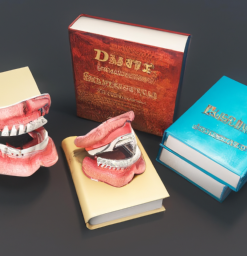

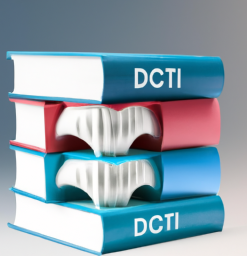

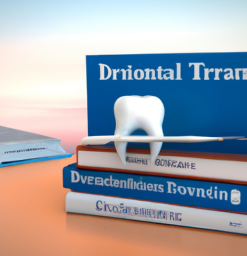


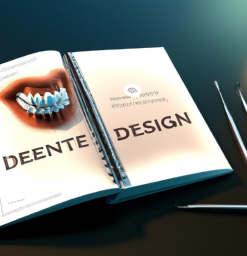




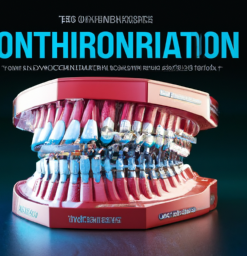








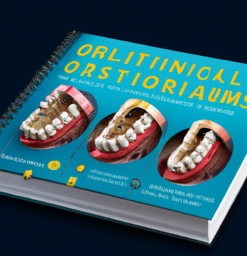


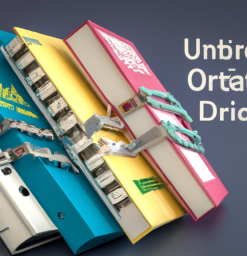
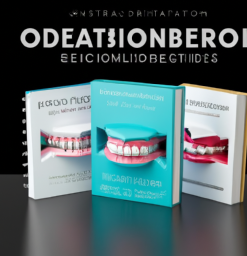
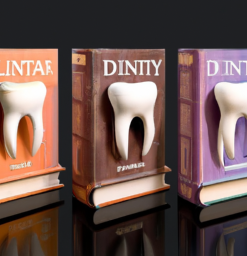
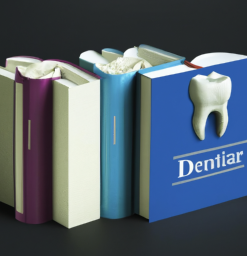
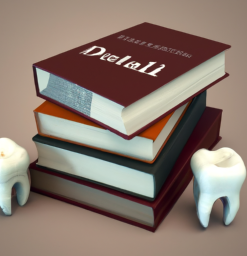
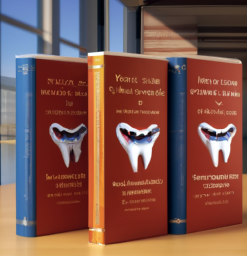
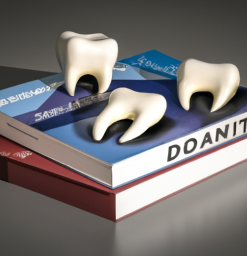

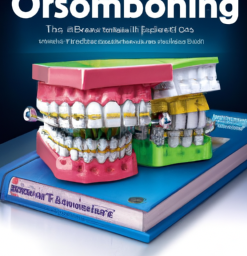


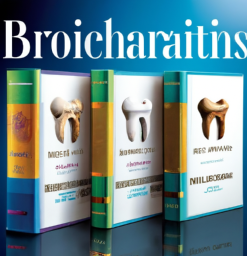

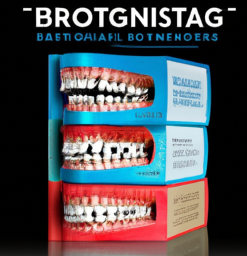


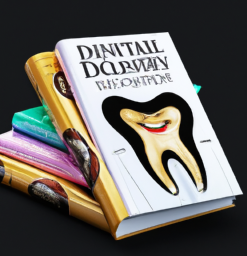

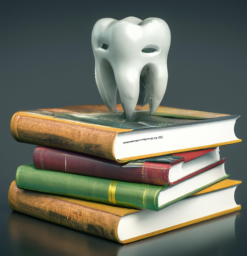




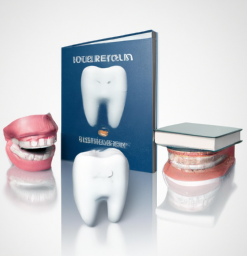

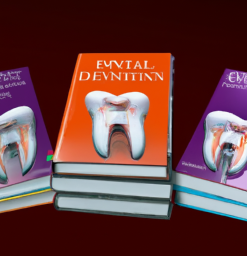
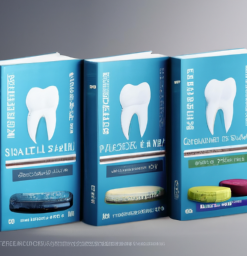
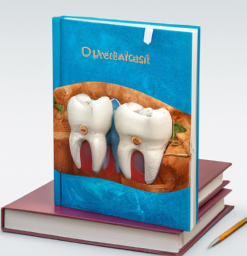
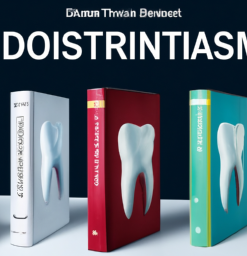

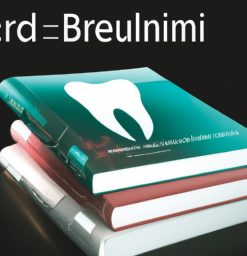


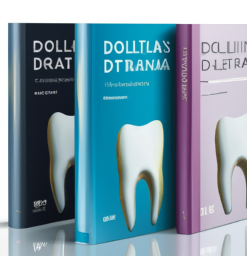


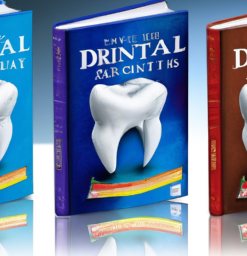
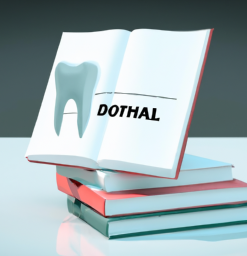




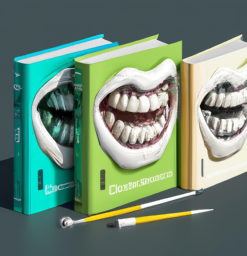
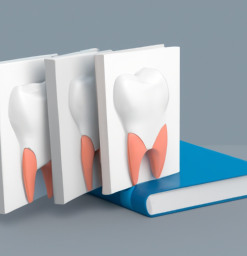

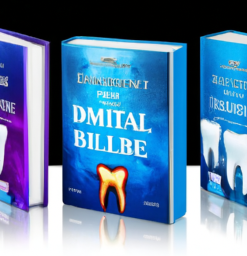
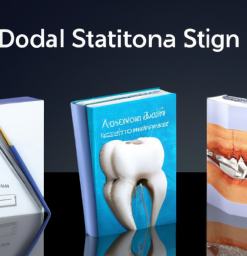
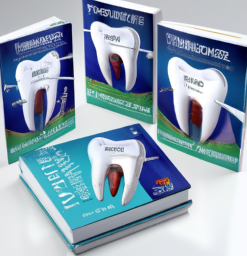

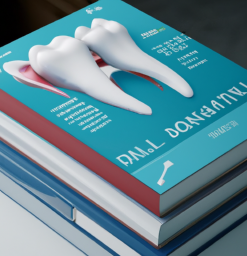

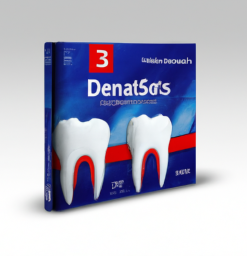
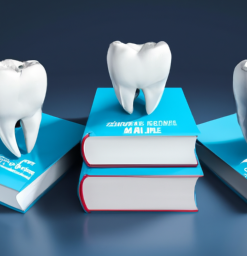

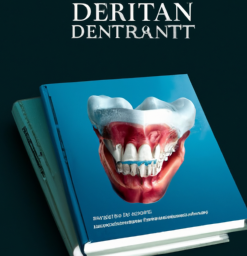

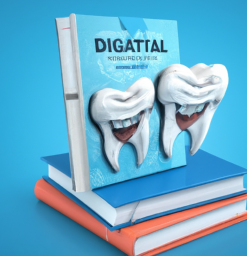


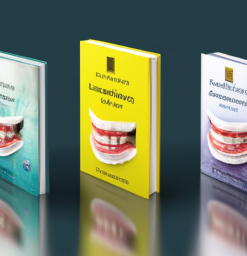

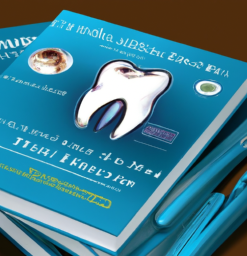
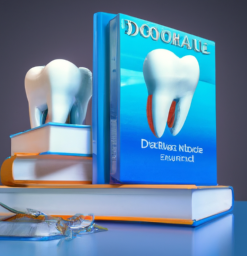


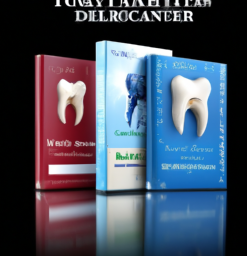
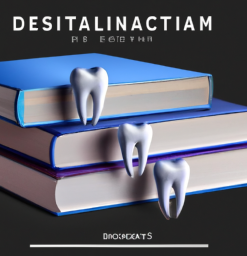
Reviews
There are no reviews yet.